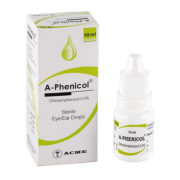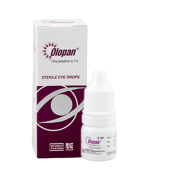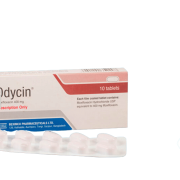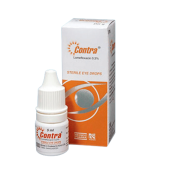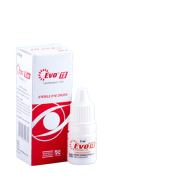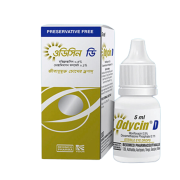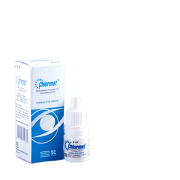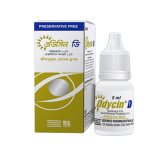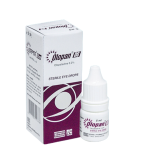Odycin Eye Drops
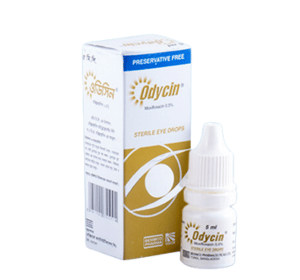
Generic Name: Moxifloxacin
Dosage Form: Drops
TG Name: Eye Care
1. What Odycin is and what it is used for?
Odycin eye drop is a sterile ophthalmic solution which is the preparation Moxifloxaci. Moxifloxacin is an 8-methoxy fluoroquinolone anti-infective for topical ophthalmic use.
2. Before you take Odycin
Do not take this medicine and tell your doctor if:
It is contraindicated in patients with a history of hypersensitivity to moxifloxacin, to other quinolones, or to any of the components in this medication
Take special care with Odycin
Check with your doctor before taking this medicine if:
The most frequently reported ocular adverse events were conjunctivitis, decreased visual acuity, dry eye, keratitis, ocular discomfort, ocular hyperemia, ocular pain, ocular pruritus, subconjunctival hemorrhage, and tearing. Nonocular adverse events are fever, increased cough, infection, otitis media, pharyngitis, rash, and rhinitis
Taking other medicines
Antacids, Sucralfate, Metal Cations, Multivitamins: The absorption of quinolones, resulting in systemic concentrations considerably lower than desired. Therefore, The above drugs should be given 8 hours after or 4 hours before Moxifloxacin
Pregnancy and breast-feeding
Pregnancy Category C
Since there are no adequate and well-controlled studies in pregnant women, Odycin® solution should be used during pregnancy only if the potential benefit justifies the potential risk to the fetus.
Nursing Mothers
Moxifloxacin has not been measured in human milk, although it can be presumed to be excreted in human milk. Caution should be exercised when the solution is administered to a nursing mother.
3. How to take Odycin?
Taking this medicine
Always use Odycin exactly as your doctor has told you. You should check with your doctor or pharmacist if you are not sure.
How much to take?
Instill one drop in the affected eye 3 times a day for 7 days.
If you take more Odycin than you should
If you have too much of this medicine, talk to your doctor straight away.
If you forget to take Odycin
If you forget to take a dose, take it as soon as you remember it. However, if it is nearly time for the next dose, skip the missed dose. Do not take a double dose to make up for a forgotten dose
If you stop taking Odycin
Do not stop taking this medicine without talking to your doctor. You should not stop taking Odycin just because you feel better. This is because the problem may come back or get worse again.
If you have any further questions on the use of this product, ask your doctor or pharmacist.
4. Possible side effects (Adverse effect/Side effect as short form)
Like all medicines, Odycin can cause side effects, although not everybody gets them.
The most frequently reported ocular adverse events were conjunctivitis, decreased visual acuity, dry eye, keratitis, ocular discomfort, ocular hyperemia, ocular pain, ocular pruritus, subconjunctival hemorrhage, and tearing. Nonocular adverse events are fever, increased cough, infection, otitis media, pharyngitis, rash, and rhinitis.
Tell your doctor if any of the side effects gets serious or lasts longer than a few days, or if you notice any side effects not listed in this leaflet.
5. How to store Odycin (Storage condition)?
Store in a cool and dry place, away from light.
Keep out of reach of children.


